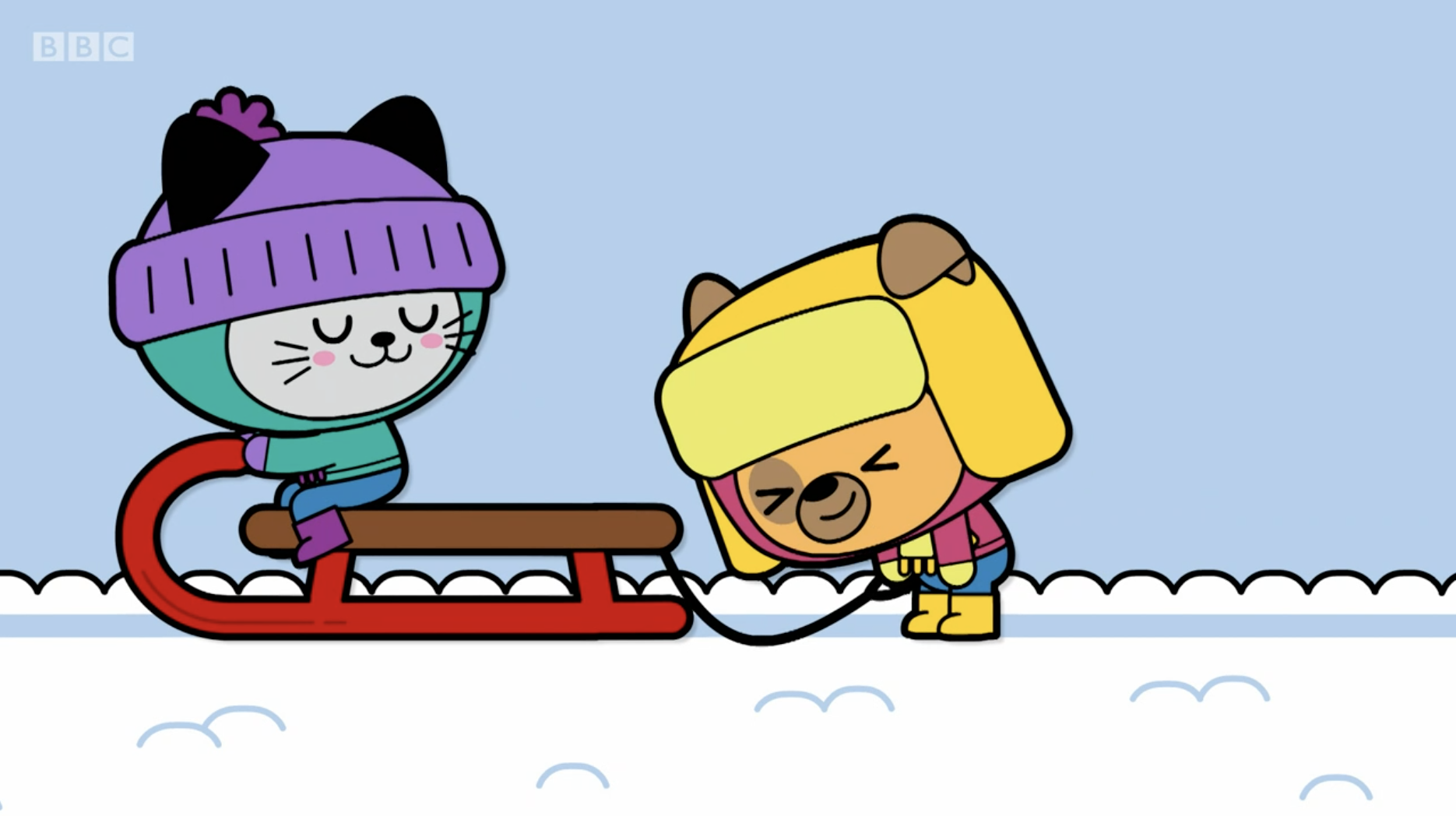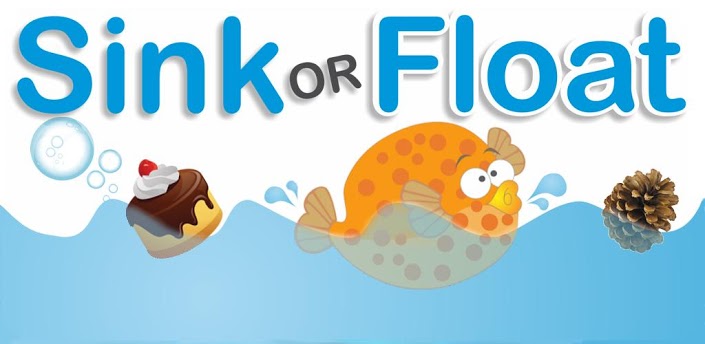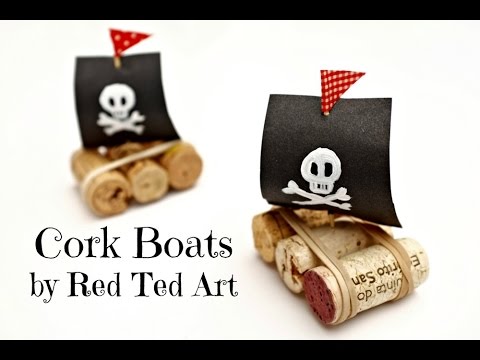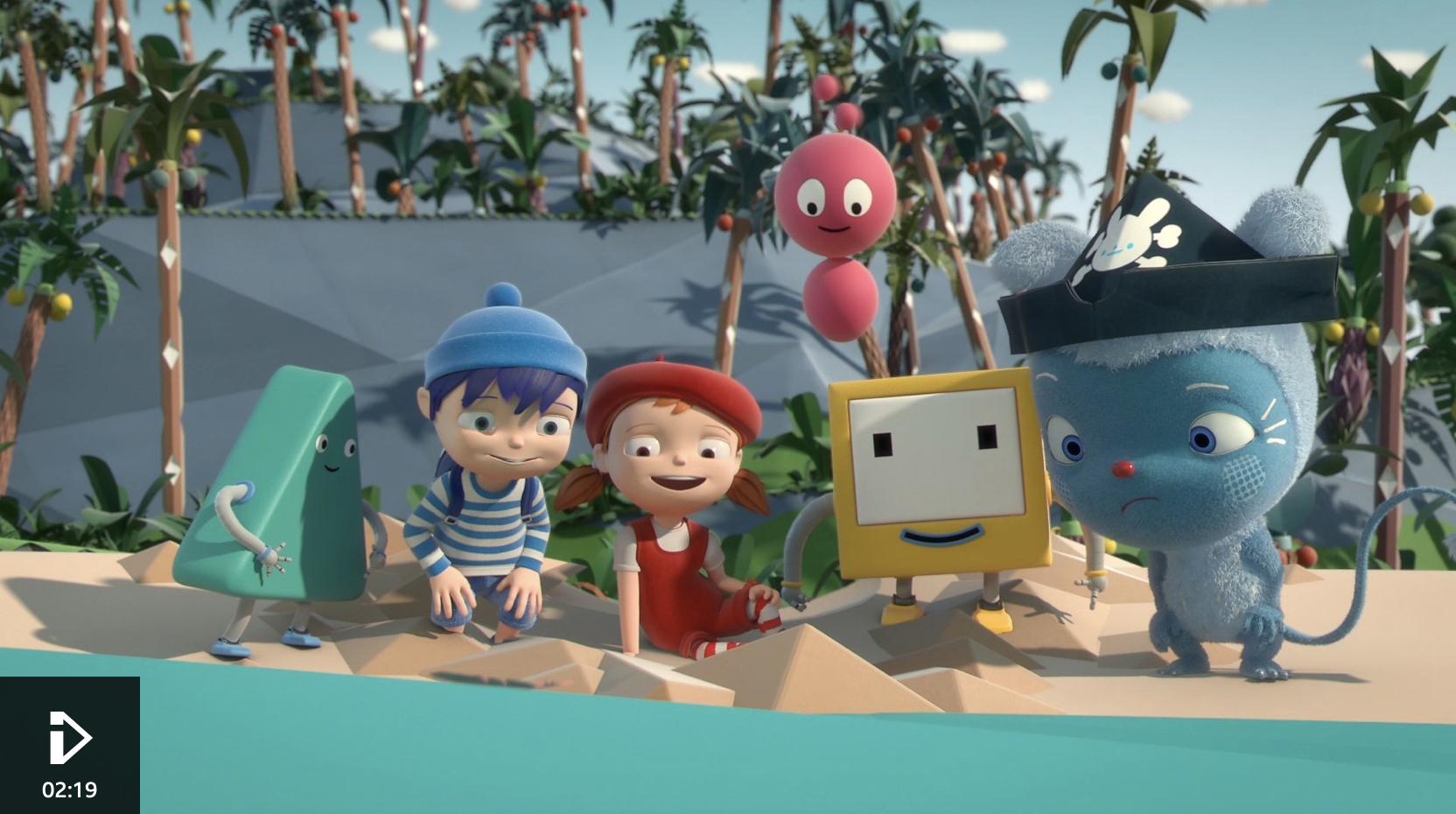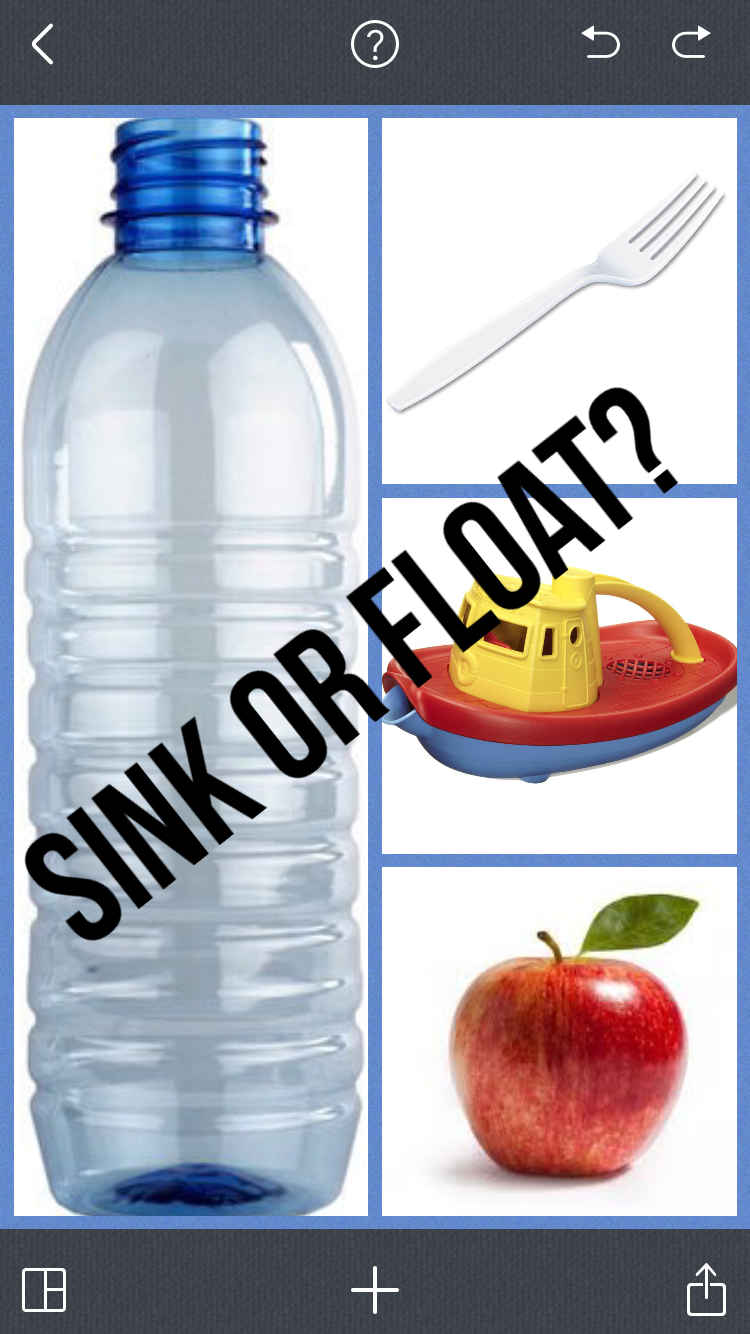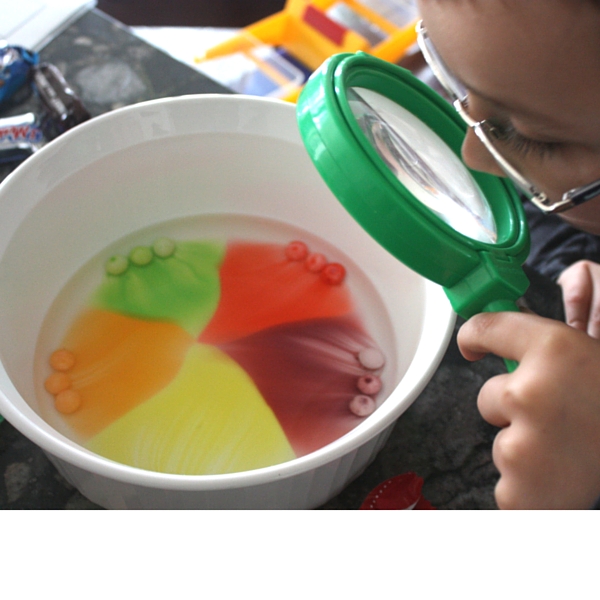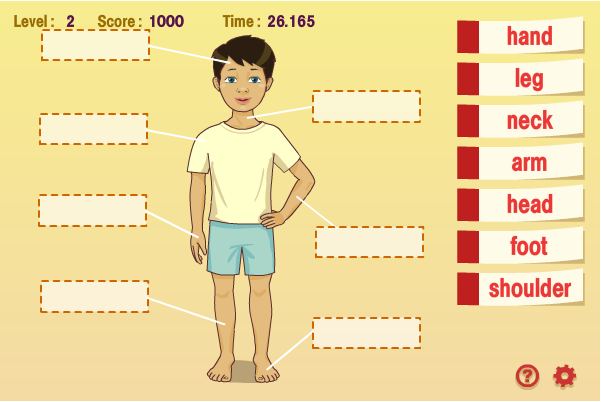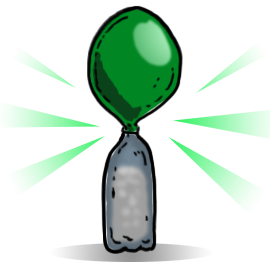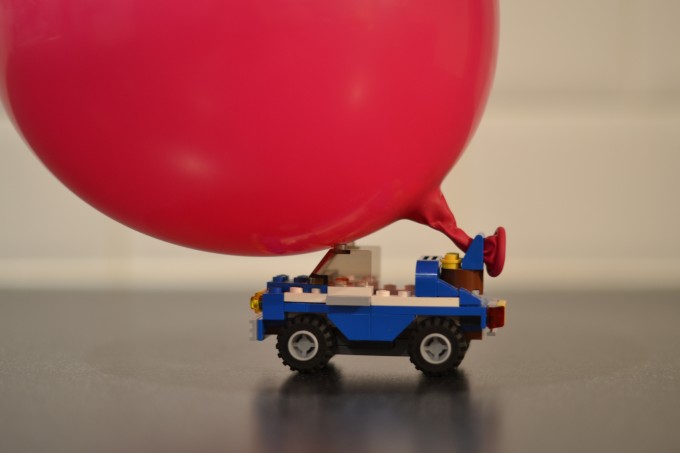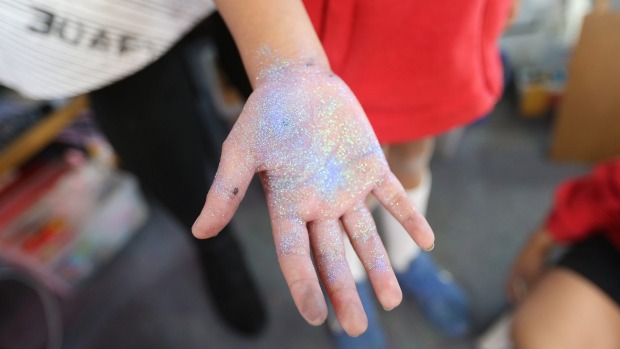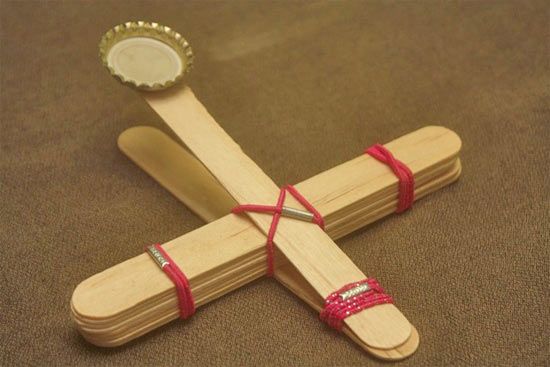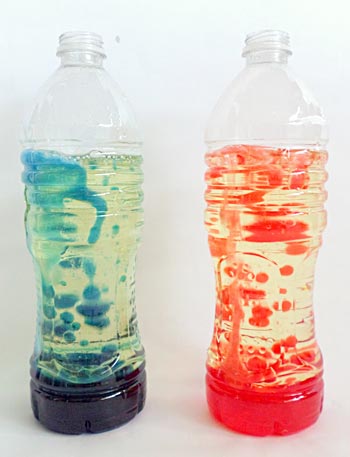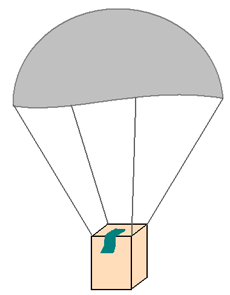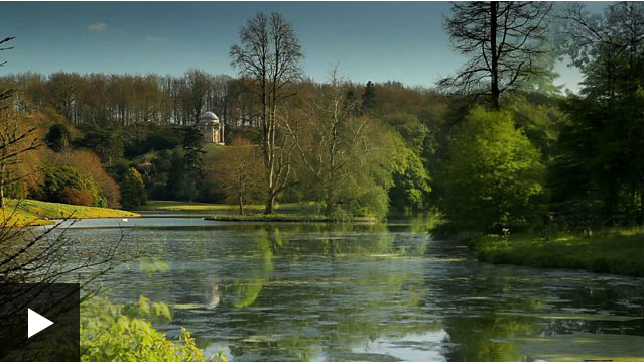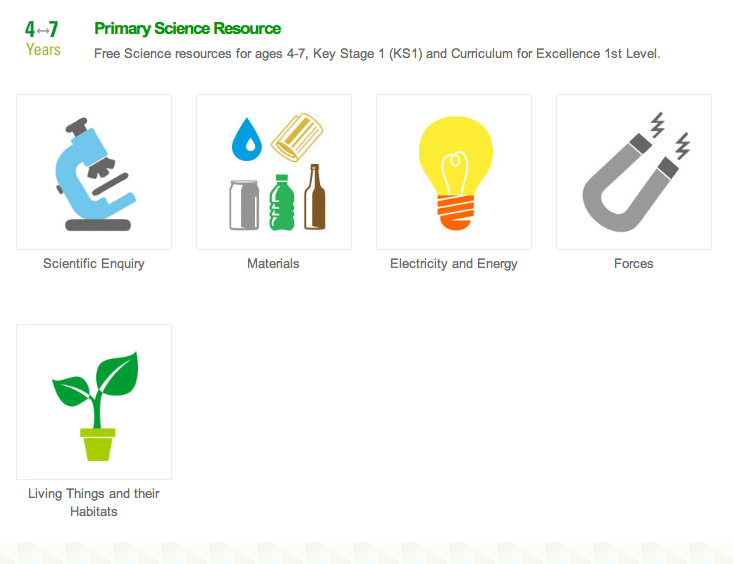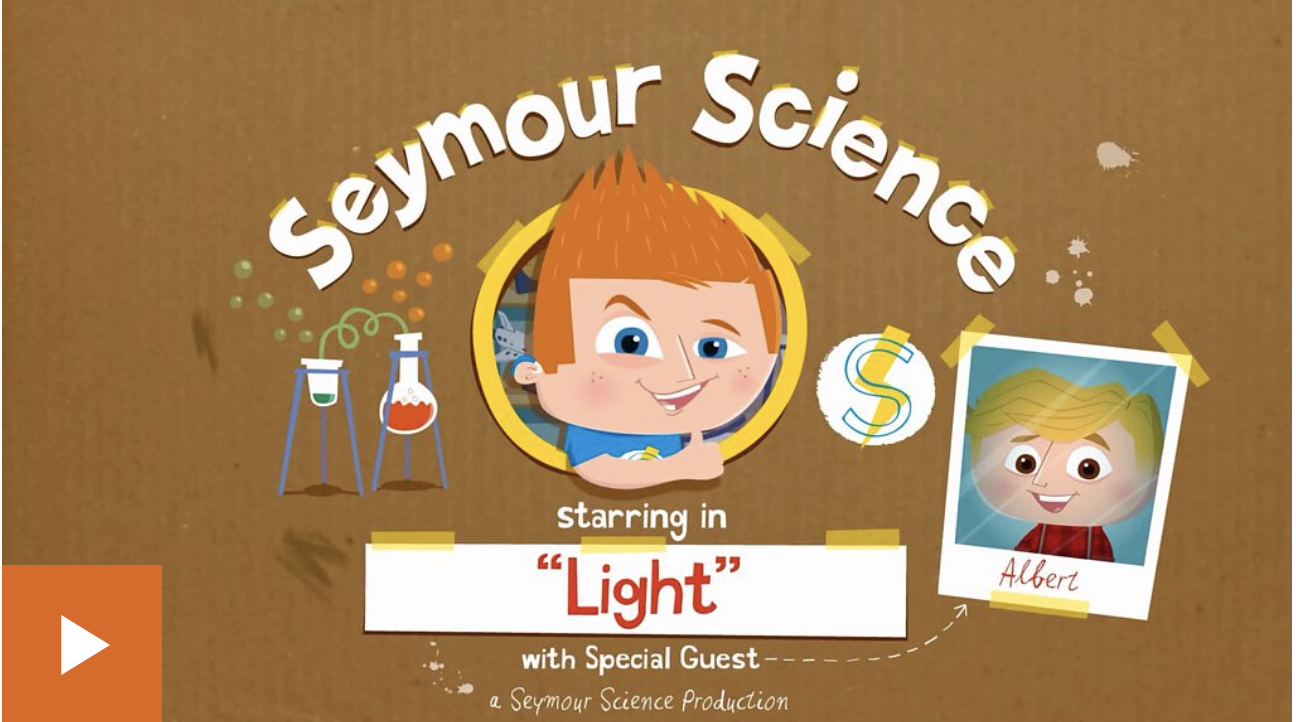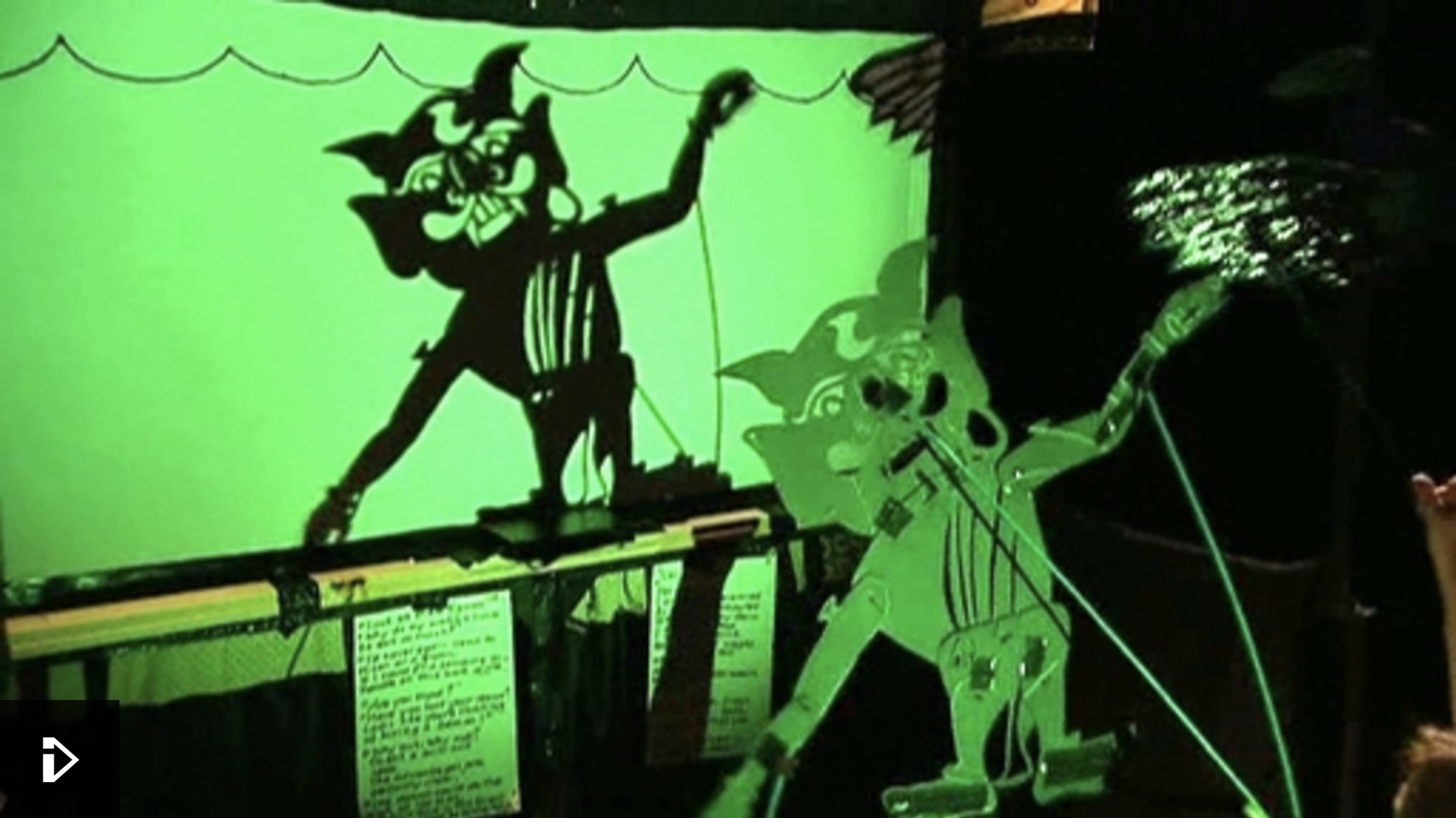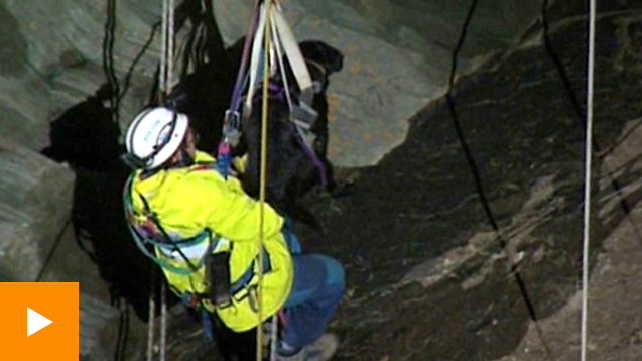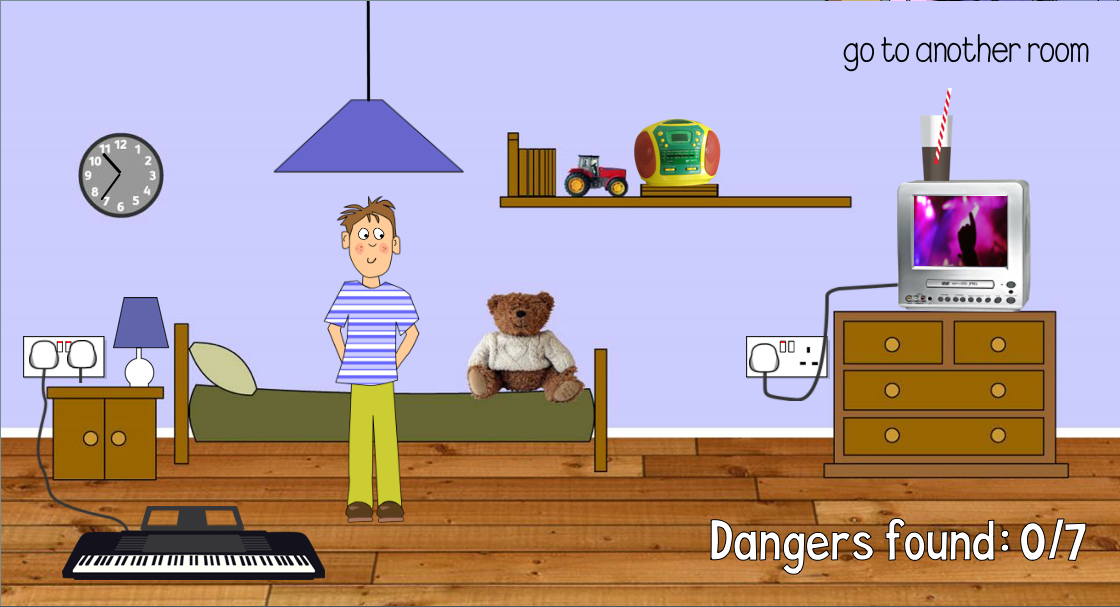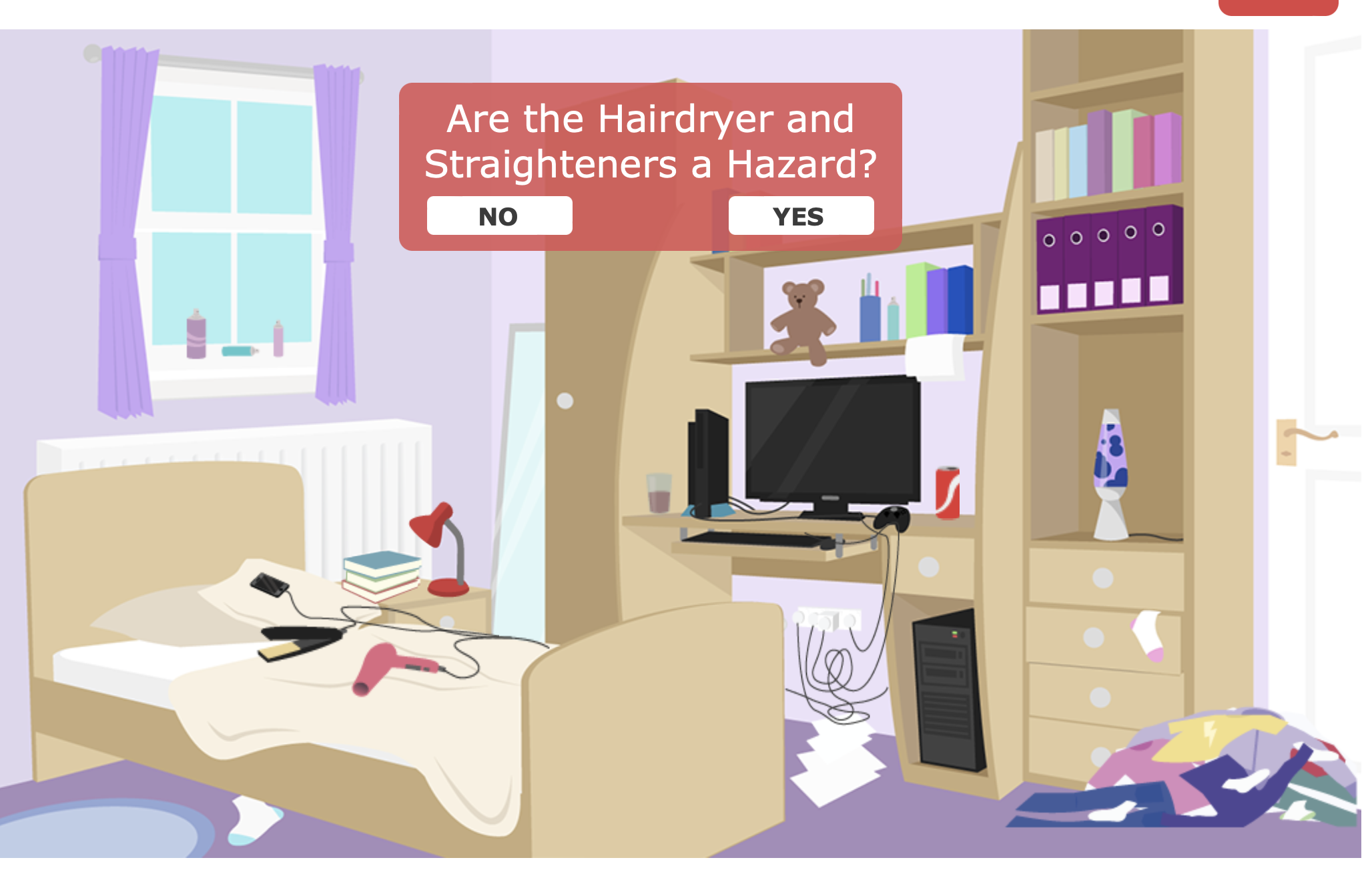Science and Technology
Push or Pull?
This is a fantastic learning resource that highlights so many learning points with regards to pushing and pulling objects and forces.
This resource is a mixture between cartoon and real world examples.
Sink or Float?
In this experiment, your class will decide and learn which objects sink or float in water.
You should give your class a range of objects such as: wood, metal, plastic, tin foil, fruit, paper clips, keys, plastic bottles, toy blocks, paper, bathtub toys, plastic forks, rubber balls, caps, pencils, rubbers, sponges or anything else they can find in the classroom. You can even ask the children to bring in something from home.
Create a simple tick chart for the experiment which shows which objects floated.
Why do things sink or float?
This is a great resource to accompany your sinking and floating experiment and lessons.
Floating or Sinking Collage
During each lesson we are always looking to see how much our children are retaining and how much of the concepts they are grasping.
Give each child an iPad and allow them to take picture of the different objects that floated or sank and place them into a pic collage as shown in the image.
Volcano Eruption
For this experiment you will need baking soda (not powder), vinegar and a container.
First place the tall container inside the wider one and pour in some baking soda.
Next, slowly pour some vinegar and red food dye into the tall container and watch the mixture sizzle and erupt like a volcano!
Dissolving Skittles
Dissolving Skittles
Add your skittles around the edges of a bowl. Use three of each colour to increase the concentration.
Your children can choose whatever colour combination they like. The skittles start to dissolve pretty quick and the colours will make a beautiful pattern.
Use a slow motion recording to see the skittle dissolve gradually.
Body Parts
This is a great learning game to help your children be able to recognise and locate different parts of their body whilst learning new words and vocabulary.
The children must match the word to the part of the body in this fun interactive game.
Hot Air Balloon
Write this statement on the boards before the lesson, ‘Warm air takes up more space!’
For this experiment you will need a balloon, an empty bottle and hot water. Leave it for a few minutes and you will see the balloon stretch.
Click the image to see this experiment work.
How does this work?
As the air inside the balloon heats up it starts to expand. The molecules begin to move faster and further apart from each other. This is what makes the balloon stretch.
Lego and Energy
This is a wonderful activity that incorporates design, construction and assembly and energy and movement.
Your class must design a lego car that will be powered by a balloon. The children must think carefully about how they can attach the balloon to the lego car to ensure it stays attached.
Glitter Bugs
This is an experiment to show the passing of germs.
Collect as many different colours of glitter as you can. Split your class into groups and allow each group to put a different colour of glitter onto their hands.
Once all children have glitter on their hands, allow the groups to mingle and shake hands.
Data Collection
Create a table showing red germs, green germs, yellow germs etc. along the top and a list of each child’s name down the side. The children will look at their hands and tick which germs they have on their hands. They will then collect the data from their peers and create a graph or chart of your choice.
Catapult
The children will be able to see how different forces affect movements. You will need thick lollipop sticks, elastic bands and small marshmallows.
You can see how to make the catapult by looking at the image and once the children have designed it, you are ready to begin the experiment.
The children are going to see how far a marshmallow can travel when their catapult is pulled down under different tensions.
Lava Lamps
For this experiment you will need a plastic bottle, vegetable oil and Alka-Seltzer tablets.
First you should pour water into a plastic bottle using a funnel until it is one quarter full.
Next, pour in vegetable oil until the bottle is nearly full and wait until the oil and water have completely separated.
Then ask the children to choose their food colouring and add around a 10-15 drops to the mixture.
Your children will notice that the food colouring falls through the oil and mixes with the water.
Cut an Alka-Seltzer tablet into smaller pieces and drop one of the pieces into the bottle and the reaction begins!
How does this work?
The oil floats on top of the water because it is lighter than water. The food colouring has the same density as the water so it sinks through the oil and mixes with the water. When you add the tablet it sinks to the bottom and starts to dissolve. As it dissolves it releases carbon dioxide. Gas or air, is lighter than water so it floats to the top.
Egg Parachute
This experiment involves your children designing a parachute that can hold an egg. They must then ensure that it descends slowly from a height, perhaps the top of the stairs in school to ensure the egg doesn’t crack.
Your should allow your children to create simple trial runs and experiment with different designs and materials.
To see how it should be designed, click the image.
Seasonal Changes
This video clip highlights the different changes to our landscape as the seasons come and go.
It also highlights the impact the seasons have on animal behaviours, insects, plants and more.
Science Resources
This is a fantastic Foundation Stage resource which provides you with information, images, video clips and experiments to develop the scientific skills of your children. This resource explores living things, energy and electricity, materials and forces.
Light Sources
This learning clip encourages your children to think about light sources.
If the object brightens up the room, it is a light source. If the object does not brighten up the room, it is not a light source.
The children will be able to compare light sources and recognise that reflective and brightly coloured objects are not light sources.
Encourage your class to ask themselves this question…
Would this object brighten up a dark cave?
Shadows
This is a great range of resource clips that introduces your class to shadows.
It provides your children will key information to further develop their understanding of shadows. It also allows them to see how different objects create different sized and shaped shadows.
Light and Dark - Rescue
The video clip highlights a night rescue of a couple stuck on a cliff.
The children will quickly see the dangers for both the rescue team and the couple, and they will recognise the different equipment that is needed to carry out the rescue.
This video clip is a great way to introduce your children to light and dark. They can think about light sources and they can gather equipment to reenact the rescue.
Electrical Dangers at Home
This game allows your children to recognise the dangers around different areas of their house.
The children will be encouraged to think safely when it comes to electricity.

